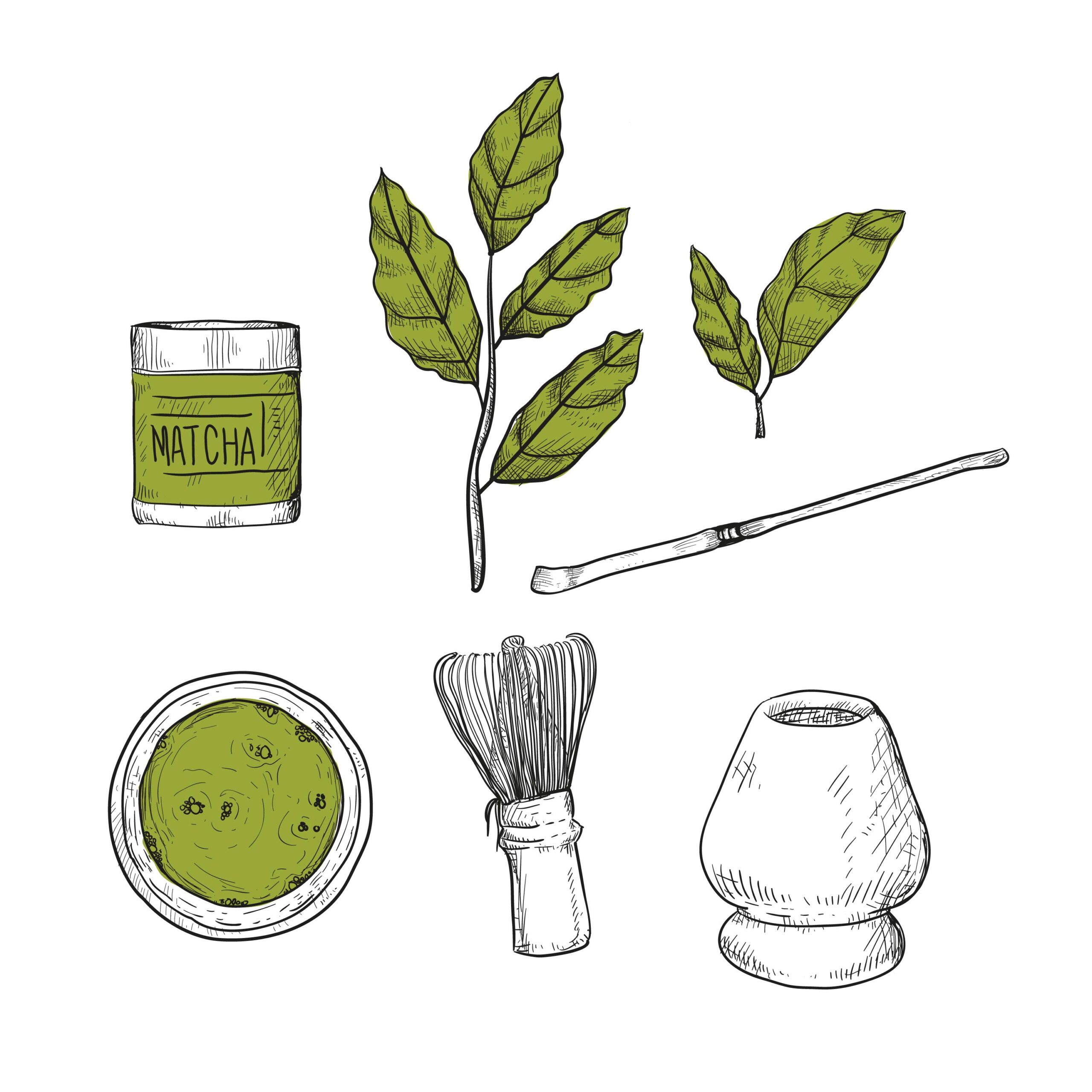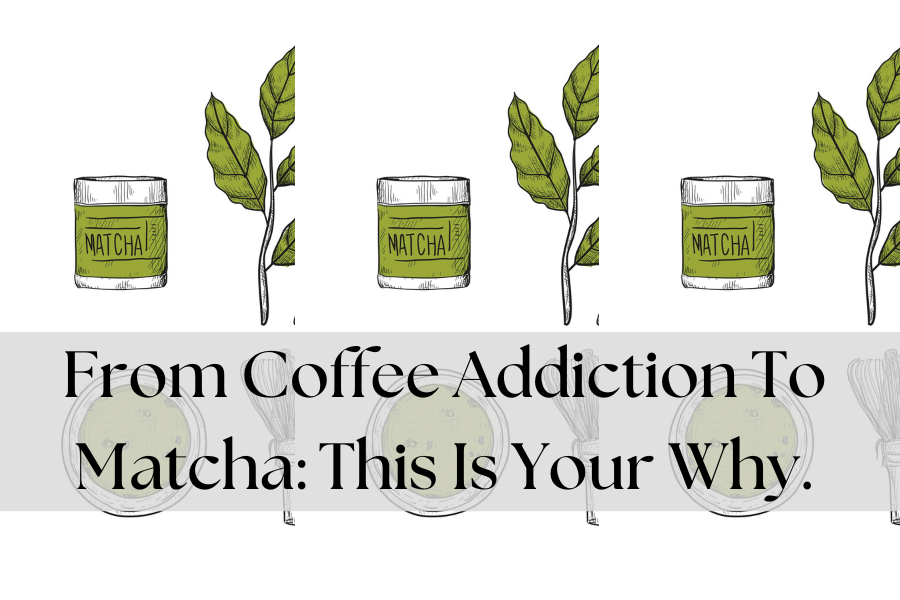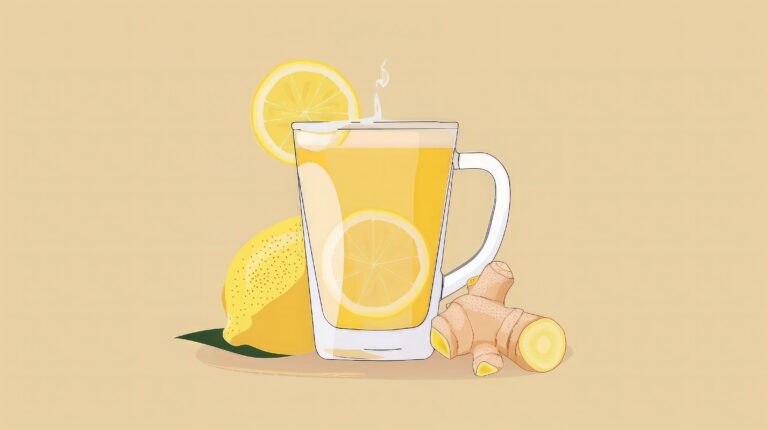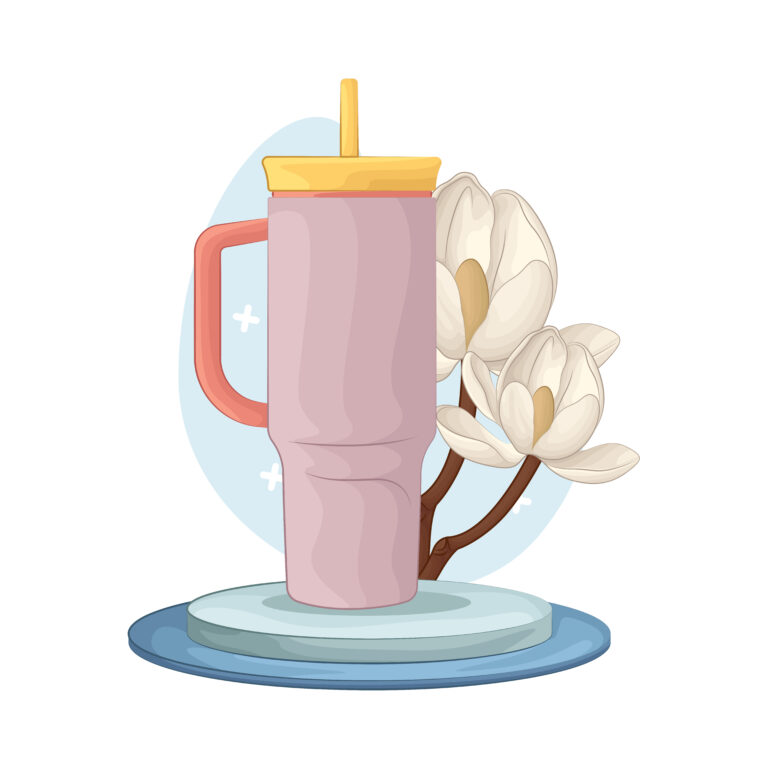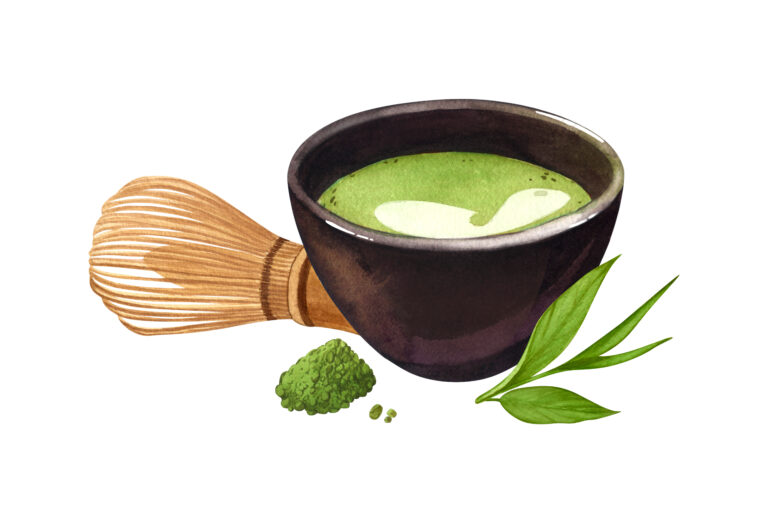With Love, Katie.
There was a time in my life when coffee was more than a drink—it was a ritual, a reward, a lifeline. Listen, as a mom of two little girls, coffee was my safe place.
Drinking coffee was actually my favourite part of the day… It got me through early motherhood, long afternoons, and creative deadlines. That first sip in the morning? It felt like magic. But over time, something changed. I started noticing the crash. My sleep suffered, and my skin felt more reactive. Then I read about the matcha thing.
So, I started reading about this trend, the matcha trend. Well, you know what? I am not a follow-the-trend girl, but this matcha trend helped my hormones, so thank you.
As you may know, I love green tea in the late afternoons, but you should know, matcha isn’t just any green tea you buy—it’s the green tea itself. Instead of steeping leaves in hot water and throwing them out, you really drink the leaves: matcha is made from finely ground tea leaves, so you’re drinking the whole thing, with its benefits too. But this, for later.
Our Coffee Chapter
Let me be honest: I still love the smell of coffee and I still drink a coffee, a bit after my breakfast. I love the clink of the mug and that cozy feeling, vibe that it brings. And listen to me, coffee does have benefits:
- It’s rich in antioxidants
- It can boost metabolism and focus
- It enhances physical performance
It is only if you are like I was once, drinking 4-5 coffees per day, that will surely create imbalances:
- It raises cortisol (your stress hormone)
- It taxes your adrenals
- It disrupts your sleep
- It can spike blood sugar
- It can deplete key minerals (like magnesium and zinc)
I realized I wasn’t enjoying coffee anymore—I was depending on it. Oh God, I was a coffee addict. Now, I am a coffee lover…things changed 😅.
Deep Breathe and Pinterest It: Matcha
I didn’t fall in love with it right away. It was green. It was grassy. It felt a little too trendy at first. But then I learned its story. And here is a little bit of summary to understand why matcha is worth buying it and making is at home:
So you go to a coffee shop, and it is expensive (however, I started drinkig matcha in the coffee shopshaha). But with time, I did the math: one coffeshop matcha latte is about ~$8-15, while the very high-quality matcha powder (~30 servings): ~$25. You can thank me later.
Now, let’s get back to the roots: it has been used in Japanese tea ceremonies for centuries. Unlike regular green tea, matcha is made by grinding the entire leaf into a very fine powder, so you get the full benefit of the plant.
-> So, listen, if you have been drinking green tea before, this is from the same plant (Camellia sinensis), but the way they’re grown, harvested, and consumed is what sets them apart:
-
Green tea is made by steeping dried leaves in water. You drink the infusion and discard the leaves, you really never eat them after this…
-
Matcha is made by grinding whole green tea leaves into a fine powder—you whisk it into water or milk and consume the entire leaf, getting more antioxidants and nutrients. It has a more concentrated amount of L-theanine and EGCG (epigallocatechin gallate—a powerful antioxidant), which gives it a stronger calming yet energizing effect.
-
And now, think of green tea as light and delicate; matcha as richer, deeper, and more grounding.
It contains L-theanine, an amino acid that promotes calm and focus, which helps offset the jittery feeling from caffeine. It also supports the liver and detox pathways, helps regulate blood sugar and what I really love about it that is has a grounding, meditative ritual around it.
What I love most? Matcha doesn’t spike you and drop you. It lifts you gently and keeps you there.
Making the switch wasn’t about giving something up. It was about choosing differently. I still drink coffee, but now I really enjoy the benefits of matcha too. Since I changed and really started the holistic lifestyle, I crave the slowness, the color, the way it makes me feel clear instead of wired.
🌸 The Ritual of Matcha
There’s something healing about whisking it. It slows you down. It asks for presence. It invites you to be in the moment.
Instead of rushing to make a cup between tasks, I take a few deep breaths, froth the milk, warm my hands on the mug. It feels like a gift and oh, how I enjoy this when my babies sleep.
And if you’re not into the full traditional ceremony? That’s okay. You can still make it simple, beautiful, and yours, and you still can choose a healthy matcha instead of your third cup of coffee.
🌱 3 Vegan Matcha Latte Recipes to Try
These are my favorites—they feel indulgent, but also supportive for your body and hormones.
1. Creamy Coconut Vanilla Matcha Latte
Ingredients:
- 1 tsp matcha powder
- 1/2 cup hot water, but do not boil the coffee, cuz matcha will be bitter. Make the water around 80 Celsius
- 1/2 cup canned coconut milk (or any rich plant milk, I also love oatmilk, it will be my always favourite, however coconout milk has a special taste with my matcha, You can not feel the grassy taste)
- 1/2 tsp vanilla extract (optional, cuz the coconout milk itself has a good taste)
- 1–2 tsp maple syrup (optional, but I really love honey or maple, but maple will always have a special place in my heart haha)
How to: Whisk matcha with hot water until frothy. Warm and froth the milk, then stir in vanilla and honey/maple. Combine and sip slowly. Just really enjoy this cup of healthy warm drink.
2. Almond-Cinnamon Hormone-Support Matcha
Ingredients:
- 1 tsp matcha powder
- 1/2 cup hot water
- 1/2 cup unsweetened almond milk
- 1/4 tsp cinnamon
- 1/2 tsp maca powder (optional but great for hormone balance)
- 1 tsp date syrup or honey
So, a little bit about maca, as we all know that Ayurvedic treatments can help our overall wellbeing: maca is valued as a grounding adaptogen that helps balance hormones, increase energy, and support fertility—especially in women. It’s often used to nourish the reproductive system, boost libido, and reduce the effects of stress on the endocrine system.
Maca gently strengthens ojas (vital life force), making it a supportive ally for overall vitality and resilience.
How to: Whisk matcha with hot water. Heat the milk, cinnamon, and maca together. Froth, combine, and enjoy.
3. Iced Cashew Matcha (for Slow Afternoons)
Ingredients:
- 1 tsp matcha powder
- 1/4 cup hot water
- 3/4 cup cashew milk (or oat milk)
- Ice cubes
- 1–2 tsp maple or coconut sugar
How to: Whisk matcha with hot water until smooth. Add sweetener/maple/honey and let cool for a minute. Pour over ice and top with cold milk. Stir and feel refreshed.
My Final Thoughts
Switching from coffee to matcha wasn’t about cutting something out. It was about creating space for something more aligned with how I want to feel: grounded, focused, calm, awake. And of course, as a mom, let’s not forget: I want to choose right for a healthier life.
